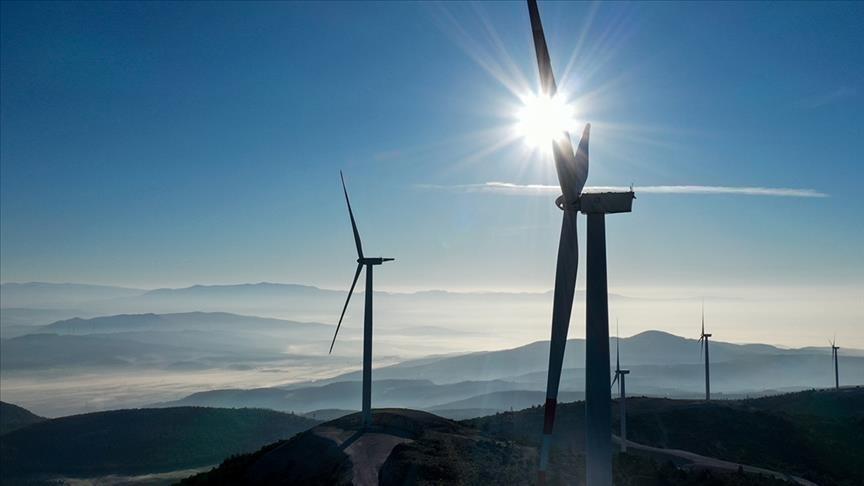Renewables and nuclear power are expected to meet almost all the growth in global electricity demand over the next three years, making unlikely any significant increases in the power sector’s carbon emissions, according to a new report from the International Energy Agency (IEA) on Wednesday.
The IEA’s Electricity Market Report finds that global power demand growth slowed to 2% last year due to the global energy crisis and milder weather conditions in some parts of the world.
India’s power consumption increased significantly last year, while China’s growth was more subdued due to its ‘zero-covid’ policy, which weighed heavily on economic activity.
Electricity demand in the US increased from greater economic activity and higher residential usage during hotter summer weather and a colder-than-normal winter, according to the report.
Electricity demand in the European Union, however, declined by 3.5% last year due to unusually mild winter weather and lower consumption in the industrial sector. This drop represents the EU’s second-largest decline in power demand since the global financial crisis in 2009, with the largest contraction seen in 2020 due to the Covid-19 shock.
Following a period of decline, global power demand is expected to rise by 3% over the next three years, with Asia’s emerging and developing economies driving this faster growth.
The report reveals that electricity demand worldwide grew by an average of 2.4% in the years before the pandemic.
China, India and Southeast Asia are forecast to drive more than 70% of the increase in global electricity demand during the next three years, the IEA said, although ‘considerable uncertainties remain over trends in China as its economy emerges from strict Covid-19 restrictions’.
China’s share of global electricity consumption is expected to reach a new high of one-third by 2025, up from one-quarter in 2015.
‘The world’s growing demand for electricity is set to accelerate, adding more than double Japan’s current electricity consumption over the next three years,’ said IEA Executive Director, Fatih Birol.
‘The good news is that renewables and nuclear power are growing quickly enough to meet almost all this additional appetite, suggesting we are close to a tipping point for power sector emissions.’
– CO2 emissions from power generation to remain flat through 2025
The share of renewables in the global power generation mix is forecast to reach 35% in 2025, up from 29% in 2022, with the shares of coal and gas-fired generation falling.
The report showed that the CO2 intensity of global power generation will continue to decrease in the coming years. Europe’s power generation emissions, after increasing as a result of higher coal and gas usage amid droughts and nuclear plant closures, are expected to decrease on average by about 10% a year through 2025.
‘Governments now need to enable low-emissions sources to grow even faster and drive down emissions so that the world can ensure secure electricity supplies while reaching climate goals,’ Birol noted.
The anticipated drop in coal-fired generation in Europe and the Americas will likely be matched by a rise in the Asia-Pacific region, despite increases in nuclear power deployment and restarts of plants in some countries like Japan, the IEA report said.
‘This means that after reaching an all-time high in 2022, CO2 emissions from global power generation are set to remain around the same level through 2025,’ it said in the report.
According to the IEA report, global electricity demand and supply are ‘becoming increasingly weather dependent, with extreme conditions a recurring theme in 2022,’ as droughts and heatwaves drive peak power demand.
‘These highlight the need for faster decarbonization and accelerated deployment of clean energy technologies. At the same time, as the clean energy transition gathers pace, the impact of weather events on electricity demand will intensify due to the increased electrification of heating, while the share of weather-dependent renewables will continue to grow in the generation mix,’ the IEA said in the report, adding that flexibility of power systems is becoming increasingly important.

